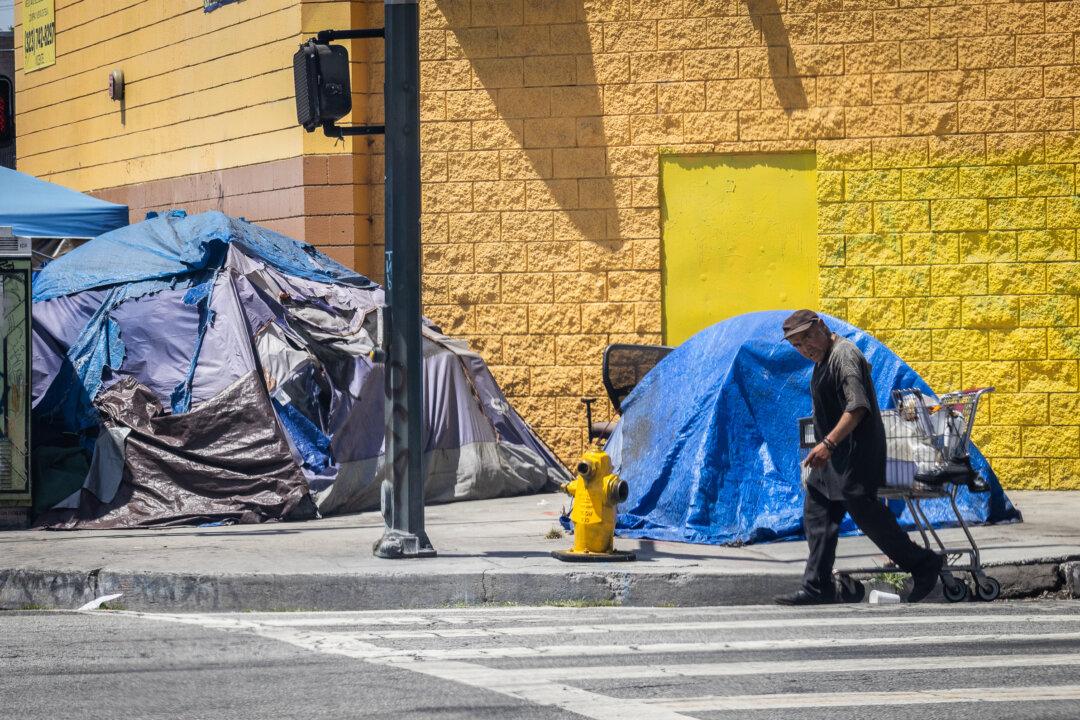SAN DIEGO—The UC San Diego Sanford Stem Cell Institute will launch blood stem cells into space aboard a NASA support mission to the International Space Station Nov. 22 in an effort to study the impact of lack of gravity on human cellular aging.
According to NASA studies, when astronaut Scott Kelly returned from a year-long trip aboard the ISS, lab tests revealed changes in his blood cells. These sorts of cellular changes had been observed in blood before, but only after decades of human aging.
The NASA SpaceX CRS-26 mission set to launch Tuesday afternoon will attempt to study not only ways to keep astronauts healthy, but also possibly how to prevent the effects of aging on Earth.

This is the third time stem cells have been launched onto the ISS as part of UCSD’s Integrated Space Stem Cell Orbital Research Center, established in collaboration with NASA in 2020.
“[The institution] is teaching us a lot about how space and aging may affect stem cell biology, but if we can’t reproduce the results, we don’t have a scientific advance,” said Dr. Catriona Jamieson, director of the Sanford Institute and endowed chair in cancer research at UCSD School of Medicine. “This is our third trip sending stem cells into space, so we’re hoping it’s a hat trick.”
Research by Jamieson and colleagues has shown that stem cells age differently in different people, but scientists are still looking to understand how much that is based on hardwired genetic influences or the unique microenvironment of each individual’s body, according to a statement from the university.
“Our mission for this launch is to add rigor and reproducibility to these experiments—we’re using gravity to produce gravitas,” said Jessica Pham, manager of the research center.
Researchers at the Sanford Stem Cell Institute will use space as a sort of “aging accelerator,” they said, first confirming that the microgravity environment accurately mimics human aging, and then using that to “further dissect the aging process.”
The study is intended to inform scientists’ and clinicians’ understanding of stem cell aging without having to rely on lengthy and expensive clinical trials monitoring earthbound humans as they age.
“It’s increasingly clear that the way stem cells age depends on what they are exposed to, and the more we understand this process, the more precisely we can intercept cancer development and turn back the clock on human aging,” Jamieson said.
Future launches will test additional features of stem cell biology, as well as explore aging in other tissue types, including the liver and the brain.
The Sanford institute was established in 2013 through a $100 million gift from philanthropist and investor T. Denny Sanford.





